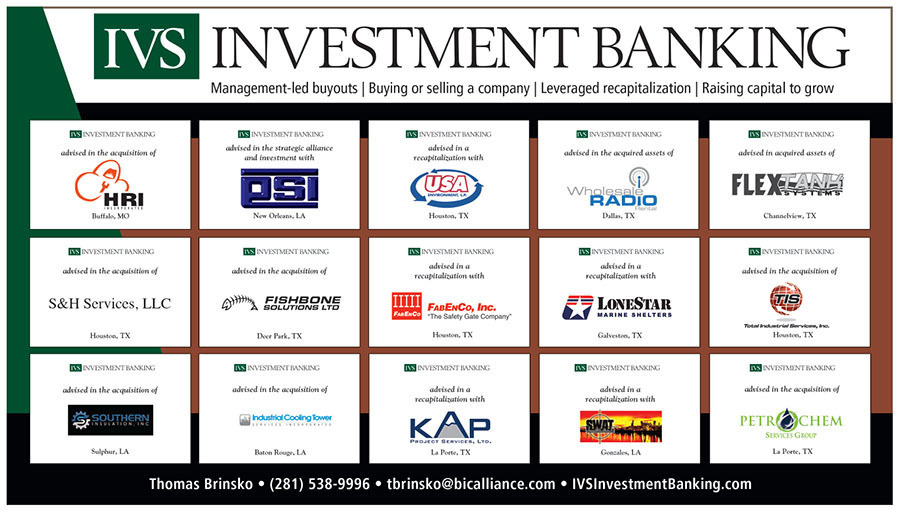One of the most common concerns among prospective sellers is keeping discussions of a potential deal confidential.
There are two types of documents that help maintain confidentiality: the teaser and the confidentiality agreement (CA). The teaser is a document used when the seller is making initial contact with a potential buyer. The intent of the teaser — sometimes referred to as a “blind summary” — is to give a buyer just enough information to make him want to learn more about the seller. The information in the teaser is typically limited to one page or even a few paragraphs. Because it may be used to contact any number of potential buyers, and a seller wants to keep a lid on its intentions, the teaser is usually anonymous. The description of the company included in the teaser may have to be very generic in order to ensure anonymity. For example, one may use the broader term “specialty craft services company based in the Gulf Coast” instead of “insulation services company based in New Orleans.”
Brevity is a key element of the teaser, so keep it short and sweet. Don’t waste time educating the reader on the background of your industry or trying to impress them with your knowledge of this or that. In addition to anonymity, one purpose of brevity is to keep the reader from information overload. There is no need for a lot of information at this early stage of analysis. When considering financials to include, I recommend only providing revenue and earnings before interest, taxes, depreciation and amortization (EBITDA) for three or five years trailing and a few years of projections. If a company has a lot of add-back, the teaser should use adjusted EBITDA. When considering the description of the company to include, use key selling points as long as you can preserve anonymity. Every business has value propositions and differentiators. These might include proprietary equipment or software, patents, recurring revenue, nature of key customer relationships or the possession of master service agreements. The teaser should highlight whatever makes your company special and different.
Of course, if a seller approaches a buyer with a teaser, the cat is out of the bag. Most often, a seller’s M&A adviser is the person who forwards the teaser to the buyer, usually with a phone call first to see if the buyer is currently evaluating acquisition opportunities.
If a buyer is interested in seeing more, the seller should execute a CA. This document is also known as a nondisclosure agreement or NDA. The CA is an agreement where two parties agree to share information with each other but refrain from sharing the information with others. A CA contains a provision for the use of materials and information, which specifies that any material exchanged during the M&A process is for evaluation purposes only. In other words, don’t use the information to write your own business plan. There is also a chain of command provision and a period of enforcement, that is usually one or two years.
CAs have provisions regarding disclosure of materials and who is covered by the agreement. Usually, the buyer is specifically allowed to disclose information received with outside advisers such as bankers, accountants and lawyers, as well as key employees within the buyer’s company who will assist the buyer in its evaluation. Each party agrees to be responsible for any breach its advisers or employees may cause.
Typically, there is also a provision requiring a return of materials or the destruction of materials after discussions are concluded. Breaches can happen but are rare. Signers are well aware they signed a document. More frequently, a breach occurs when an adviser or employee discusses work-related matters in an inappropriate setting. When there is a suspected breach, communication should be immediate; my recommendation is to do it verbally.
Most CAs are boilerplate legalese and don’t differ much from document to document. However, it is a serious legal document and must be read carefully before signing. As with everything in the M&A process, you don’t have to accept the CA as is.






